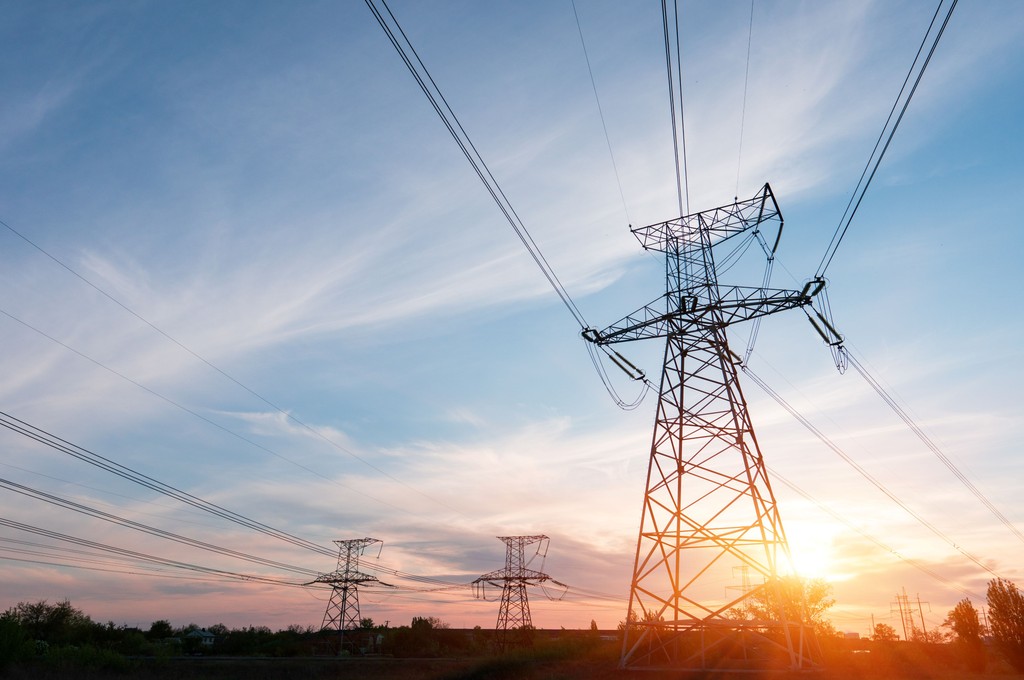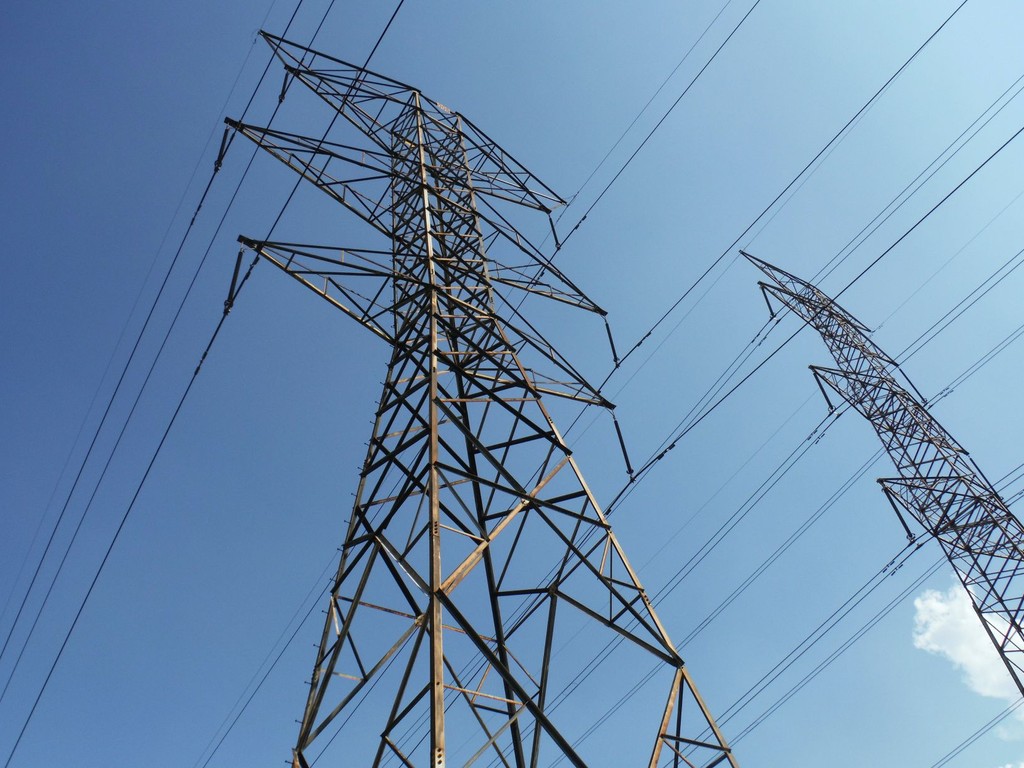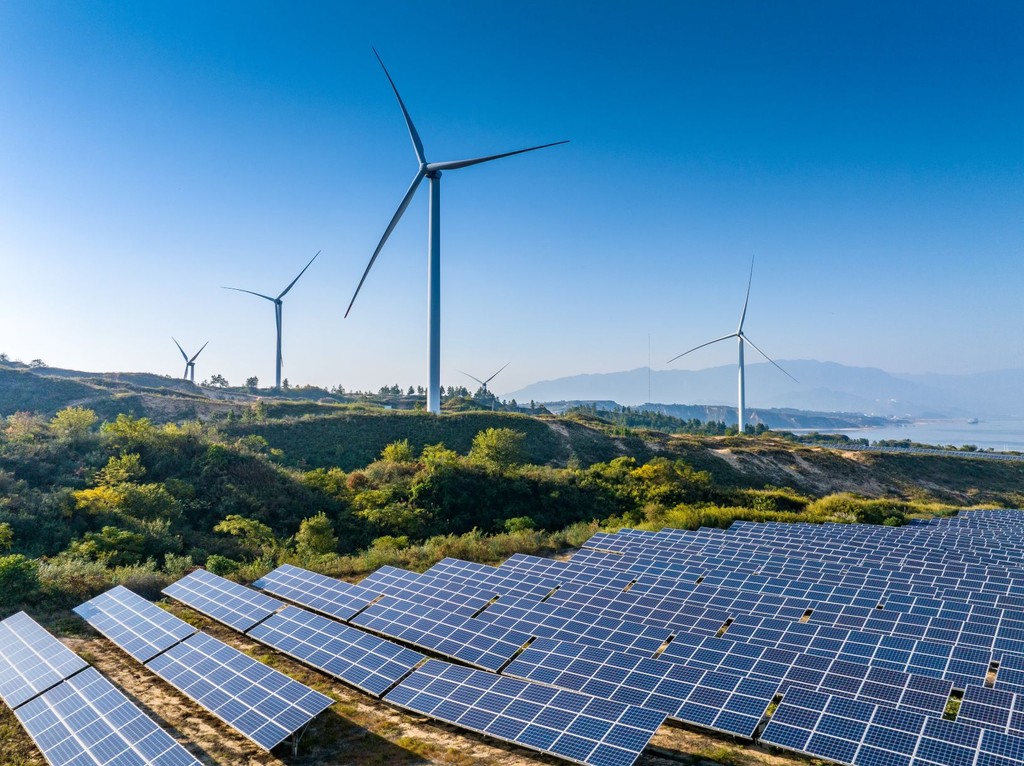By Ethan Zindler, Countries and Policies Research, and Derrick Flakoll, US Policy at BloombergNEF
With its latest executive order, the Trump administration has signaled it may pull out all the stops to block US wind and solar project developers from accessing the tax credits that have long been their lifeblood. The question major developers, including NextEra Energy Inc and AES Corp, are now likely asking is: just how brutal will the upcoming rule changes from the US Treasury Department be?
On the evening of July 7, the White House ordered the US Treasury to write new tax guidance within 45 days to address several key questions. At the top of the list for developers: how Treasury may adjust the definition of an “under construction” project.
Under Internal Revenue Service rules in place since 2013, projects are deemed under construction once they meet one of two tests: committing 5% of their capital expenditure or performing ‘physical work of a significant nature’. They then have four years for most project types (10 for offshore wind) to enter service and access the credit. Even the new One Big Beautiful Act, which left a narrow path for some projects to get under construction this year, allowed claims to credit as late as July 2030.
The White House appeared to recognize industry eagerness to go down this path. “The Secretary of the Treasury shall take all action… necessary and appropriate to strictly enforce the termination of the clean electricity production and investment tax credits,” said the order. “This includes issuing new and revised guidance… appropriate and consistent with applicable law to ensure that policies concerning the ‘beginning of construction’ are not circumvented, including by preventing the artificial acceleration or manipulation of eligibility and by restricting the use of broad safe harbors unless a substantial portion of a subject facility has been built.”
The order also told Treasury to review guidance related to the Foreign Entity of Concern (FEOC) restrictions in the new law. These revisions would likely make credits impossible to claim in practice for many projects beginning construction after December 31, 2025, after the FEOC restrictions kick in.
What’s next
Treasury has quite wide latitude to determine what happens next.
It could change the under-construction benchmark of 5% capex, or be far more prescriptive in what it asks developers to provide to prove actual construction.
Quite possibly, Treasury could revisit the four-year window to get a project online. Notably, the original guidance was released at a time when wind power projects were the predominant source of new renewable energy being added to the grid. Such projects can indeed take four years to get built. However, today solar is dominating new clean power build in the US and such projects can take as few as six months to complete once all necessary permits and financing is secured.
In the worst case scenario, Treasury could potentially change the rules retroactively to block projects that spent the 5% before the law’s enactment to achieve under-construction status. It is unusual for the IRS to issue guidance that makes life harder for taxpayers. But the Trump administration has demonstrated its willingness to break from all types of governing precedent.
One last note: because beginning of construction deadlines and FEOC rules can apply to clean energy credits for energy storage and dispatchable power as well as wind and solar, the administration’s rules could also hit Trump’s favored generation types like nuclear and geothermal as well as the intermittent sources they mean to target. Only time will tell how broadly or narrowly these rules strike the energy sector.

Ethan Zindler served as a Treasury Department official during the Biden administration from 2023 to 2025.






